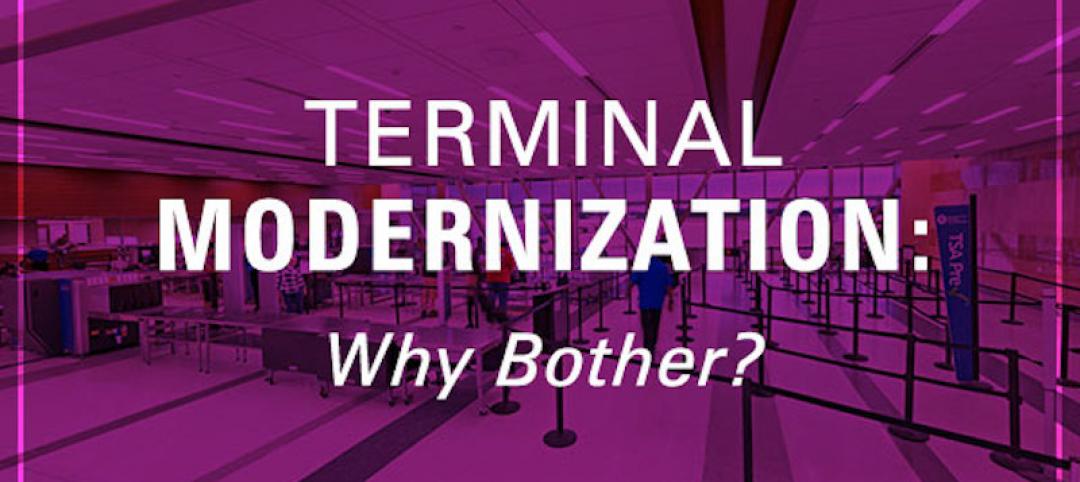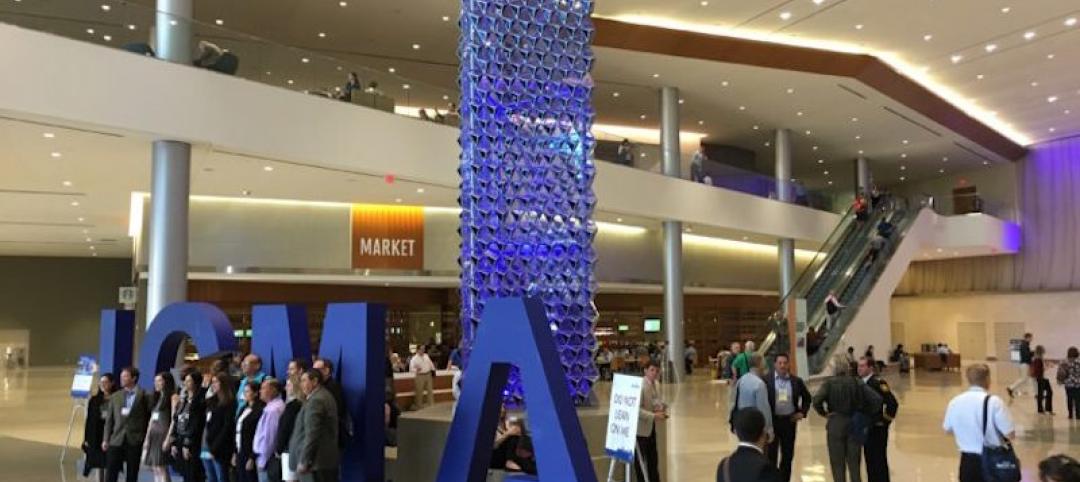The National Council of Architectural Registration Boards (NCARB) Board of Directors has announced their endorsement of the concept of an additional, structured path that leads to licensure in a U.S. jurisdiction.
The new path—licensure upon graduation from an accredited program—would integrate the rigorous internship and examination requirements that aspiring architects must fulfill into the years spent completing a professional degree in architecture.
The concept was designed by a distinguished group of volunteers convened by NCARB, which recommends national architect registration standards, called the Licensure Task Force.
This group, which was initially formed in mid-2013, is headed by NCARB’s Immediate Past President Ron Blitch of Louisiana, and it includes former and current leaders of NCARB, by the National Architectural Accrediting Board (NAAB), the American Institute of Architects (AIA), the Association of Colleges and Schools of Architecture (ACSA), and the American Institute of Architecture Students (AIAS), as well as interns, recently licensed architects, program deans and instructors, and jurisdictional licensing board representatives.
A Progressive Path
Describing the work of the Licensure Task Force, NCARB CEO Michael Armstrong said, “NCARB is engaged in streamlining and simplifying the licensing process for aspiring architects, and we are actively re-engineering all elements of the architectural licensing process—education, experience and examination—to focus on facilitation of licensing.”
“This additional path to licensure is another concrete step to reimagining and reconfiguring each part of the process while upholding the rigorous standards needed to protect the public’s health, safety and welfare,” he said.
This progressive concept was borne of research and development efforts by the Licensure Task Force, with leaders from diverse segments of the architectural community to analyze each component of the licensure process to identify overlaps and redundancies to existing programs.
Now beginning the second year, the Licensure Task Force will start to identify schools interested in participating in the program. NCARB expects to issue schools Requests for Information later in the year, followed by a Request for Proposal process in 2015.
Exam Evolution
In addition to the licensure work, NCARB also announced this month that a transition plan is underway to guide the implementation of major improvements and changes to the Architect Registration Examination® (ARE®), the test that all prospective architects must take to get their licenses. The new ARE 5.0 will launch in late 2016, while ARE 4.0 will remain available for at least 18 months after the launch.
The exam is required by all U.S. states, the District of Columbia, Guam, Puerto Rico, and the U.S. Virgin Islands for initial architectural licensure by assessing candidates for their knowledge, skills, and ability to provide all services required in the practice of architecture.
About NCARB
The National Council of Architectural Registration Boards’ membership is made up of the architectural registration boards of all 50 states as well as those of the District of Columbia, Puerto Rico, Guam, and the U.S. Virgin Islands. NCARB assists its member registration boards in carrying out their duties and provides a certification program for individual architects.
NCARB protects the public health, safety, and welfare by leading the regulation of the practice of architecture through the development and application of standards for licensure and credentialing of architects. In order to achieve these goals, the Council develops and recommends standards to be required of an applicant for architectural registration; develops and recommends standards regulating the practice of architecture; provides to Member Boards a process for certifying the qualifications of an architect for registration; and represents the interests of Member Boards before public and private agencies. NCARB has established reciprocal registration for architects in the United States and Canada.
Related Stories
Office Buildings | Mar 12, 2018
Sound advice on workplace design
Thoughtful design, paired with a change management program to educate staff, can both enhance connectivity and minimize distractions.
Architects | Mar 9, 2018
Designing healthier buildings: Fitwel certification system
The Fitwel certification system is relatively simple and involves registering a building on a custom scorecard.
Architects | Mar 7, 2018
Balkrishna Doshi named 2018 Pritzker Laureate
Over the course of 70 years, Doshi was instrumental in shaping the discourse of architecture throughout India, from low-cost housing for thousands to landmark projects like the Indian Institute of Management.
Architects | Mar 7, 2018
New National Building Museum exhibit explores the architecture of the Manhattan Project
The exhibit will run through March 3, 2019.
Architects | Feb 27, 2018
But first, let me take a selfie: Designing sharable moments
The concept of “selfie walls” has been around for years, but with their growing popularity they have begun to evolve and take on a life of their own.
Market Data | Feb 27, 2018
AIA small firm report: Half of employees have ownership stake in their firm
The American Institute of Architects has released its first-ever Small Firm Compensation Report.
Museums | Feb 26, 2018
*UPDATED* Design team unveils plans for the renovated and expanded Gateway Arch Museum
The goal of the project is to create closer and more robust connections between the Gateway Arch Museum and the landscape of the Jefferson National Expansion Memorial.
Architects | Feb 23, 2018
AIA elevates 152 members and two international architects to the College of Fellows
AIA Fellowship recognizes significant contributions to profession of architecture and society.
Airports | Feb 21, 2018
Terminal Modernization: Why Bother? Part II
This is the second post in our series examining why airport operators should bother to upgrade their facilities, even if capacity isn’t forcing the issue.
Urban Planning | Feb 21, 2018
Leading communities in the Second Machine Age
What exactly is the Second Machine Age? The name refers to a book by MIT researchers Erik Brynjolfsson and Andrew McAfee.
















